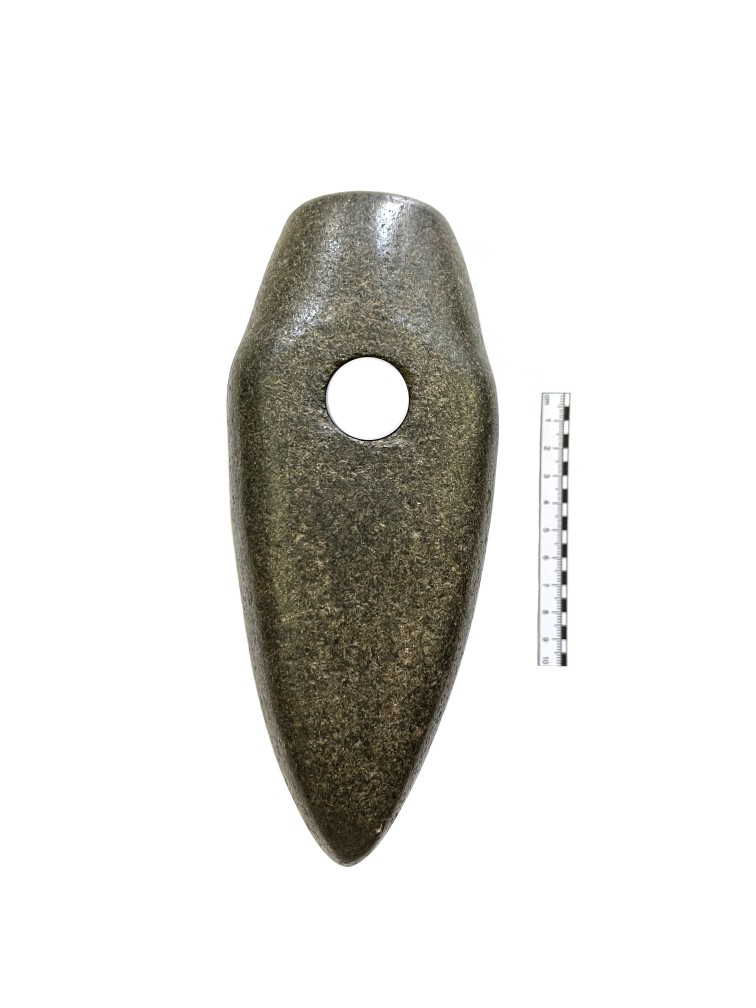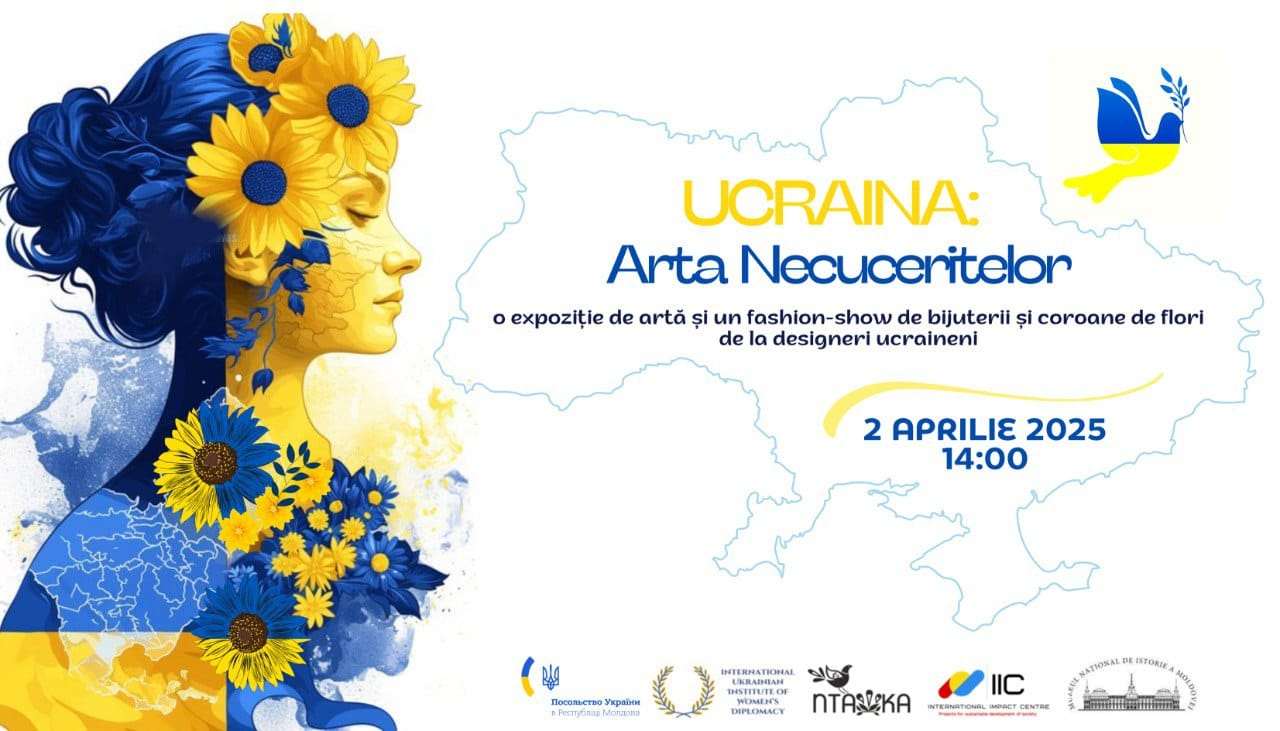  Events Archive Events Archive
Opening of the Exhibition “The Artifact from Your Locality”
November 1, 2024
On November 1, 2024, the National Museum of History of Moldova unveiled an exhibition titled "The Artifact from Your Locality," dedicated to exploring the cultural heritage of communities across the Republic of Moldova. In the museum's central hall, visitors had the chance to discover 24 panels showcasing artifacts from 24 localities in the North, Center, and South of Moldova.
This exhibition represents a valuable segment of the project bearing the same name, initiated by ICOM Moldova and funded by the Ministry of Culture of the Republic of Moldova. Its goal is to highlight rural archaeological heritage, offering an overview of the traditions and lives of our ancestors. The public was invited to delve into the meaningful stories of our communities, presented through artifacts that document Moldova's cultural heritage and traditions.
The event gathered representatives who played an essential role in the realization of "The Artifact from Your Locality" project, including Andrei Chistol, State Secretary at the Ministry of Culture of the Republic of Moldova; Valeria Suruceanu, Administrator of ICOM Moldova; Gheorghe Postică, Head of the Department of History, Archaeology, and Museology at MNIM; and Eugen Mistreanu, Project Manager. Their presence underscored a shared commitment to promoting and preserving Moldova's cultural heritage.
The exhibition features a diverse selection of artifacts, such as earrings, mirrors, and cauldrons, dating from the Paleolithic period to the Late Middle Ages. These items not only capture Moldova's cultural diversity but also the complexity of its archaeological heritage throughout history, as emphasized by Project Manager Eugen Mistreanu.
The exhibition will be open to the public until November 14, 2024, offering a chance to connect with the rich archaeological heritage of Moldova, including artifacts from their own communities.
|











 31 August 1989 St., 121 A, MD 2012, Chisinau, Republic of Moldova
31 August 1989 St., 121 A, MD 2012, Chisinau, Republic of Moldova
























































